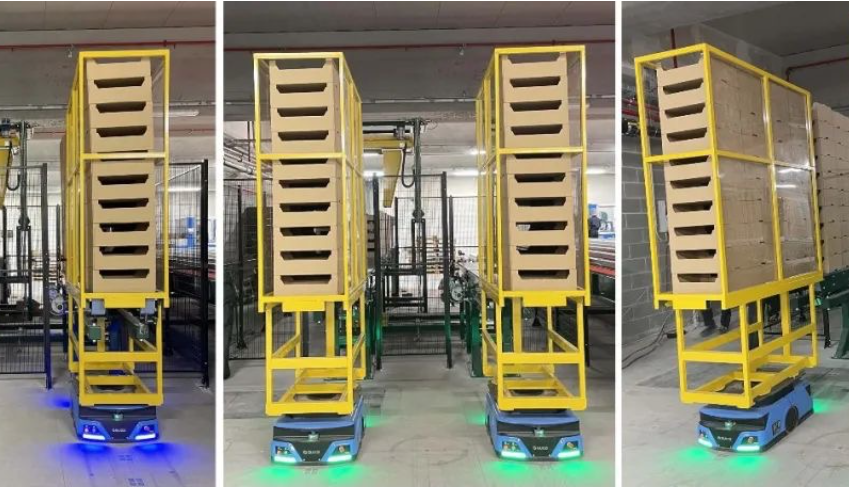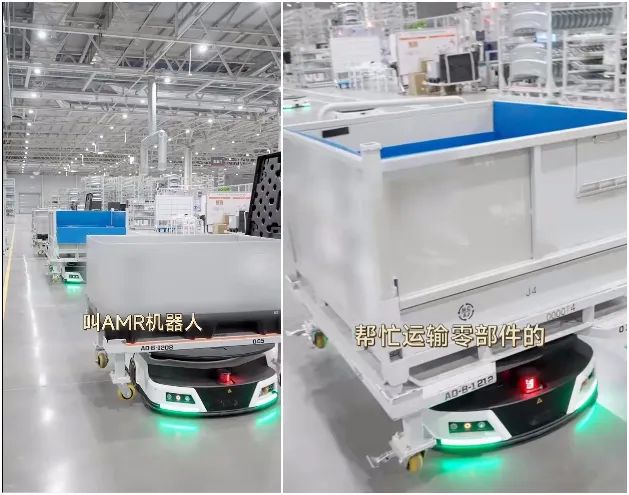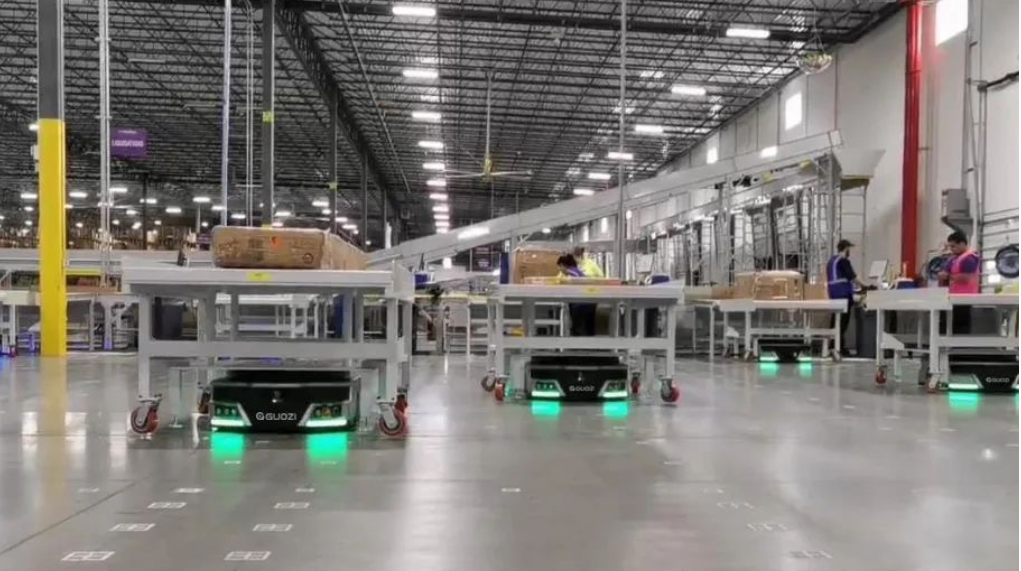The exponential growth of e-commerce and the increasing demand for efficient supply chain management have necessitated the adoption of innovative solutions in warehouse operations. One such solution is the integration of high-density storage robotics. This article delves into the concept of high-density storage robotics, its benefits, and its potential to revolutionize the warehousing industry.
1. Understanding High-Density Storage Robotics
High-density storage robotics refers to the use of advanced robotic systems designed to maximize storage capacity and optimize warehouse operations. These systems utilize automation and intelligent software algorithms to efficiently store, retrieve, and manage inventory in a compact and space-saving manner. By leveraging technologies such as artificial intelligence (AI), machine learning (ML), and internet of things (IoT), high-density storage robotics offers a futuristic approach to warehouse management.
2. Benefits of High-Density Storage Robotics
a. Increased Storage Capacity:
High-density storage robotics enables warehouses to store more items in a smaller footprint. By utilizing vertical space and compact storage systems, these robots can significantly increase storage capacity, leading to cost savings on rent and infrastructure.
b. Improved Efficiency:
The use of robotics in warehouse operations results in faster and more accurate picking, sorting, and storing of goods. This increased efficiency reduces order fulfillment times, minimizes errors, and enhances overall productivity.
c. Reduced Labor Costs:
Automation provided by high-density storage robotics reduces the need for manual labor in warehouses. This, in turn, leads to lower labor costs and minimizes the risks associated with human error and workplace accidents.
d. Enhanced Safety:
Robotic systems can handle heavy and hazardous materials, reducing the risk of injuries to human workers. Additionally, these systems can operate in extreme environments, ensuring continuous operations without compromising safety.
e. Scalability:
High-density storage robotics solutions are highly scalable, allowing businesses to easily adapt to fluctuating demand and seasonal variations. As the business grows, the storage system can be expanded or reconfigured to accommodate increased inventory.
3. Key Components of High-Density Storage Robotics
a. Automated Storage and Retrieval Systems (AS/RS):
AS/RS is the backbone of high-density storage robotics. These systems consist of automated cranes, shuttles, or robots that transport goods to and from storage locations. AS/RS can be designed for various storage methods, such as pallet racking, mini-load systems, or vertical lift modules.
b. Robotic Picking Systems:
Robotic picking systems, equipped with AI and ML algorithms, can accurately identify and pick items from storage locations. These systems can be integrated with vision technology to ensure precise handling of diverse product types.
c. Warehouse Management Software (WMS):
A robust WMS is essential for the seamless integration of high-density storage robotics. The software optimizes storage locations, tracks inventory in real-time, and generates picking routes for robotic systems.
4. Implementing High-Density Storage Robotics
a. Assessment:
Conduct a thorough analysis of your warehouse operations to determine the suitability of high-density storage robotics. Consider factors such as storage capacity, order volume, product diversity, and existing infrastructure.
b. System Design:
Collaborate with a reputable system integrator to design a customized high-density storage robotics solution that meets your specific requirements. The design should consider factors like storage density, throughput, and integration with your existing WMS.
c. Installation and Training:
Once the system is designed, the installation process can begin. Concurrently, train your staff to operate and maintain the robotic systems effectively.
d. Continuous Improvement:
Regularly monitor and optimize your high-density storage robotics system to ensure it continues to meet your business needs. Incorporate feedback from employees and leverage data analytics to identify areas for improvement.
High-density storage robotics represents a paradigm shift in warehouse operations, offering a host of benefits, including increased storage capacity, improved efficiency, reduced labor costs, enhanced safety, and scalability. As the warehousing industry continues to evolve, businesses that embrace high-density storage robotics will gain a competitive edge in meeting the ever-growing demands of the modern supply chain.








